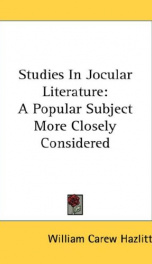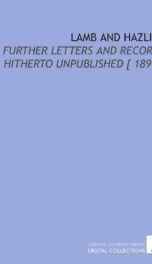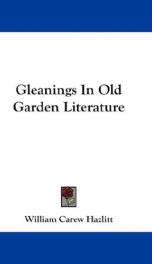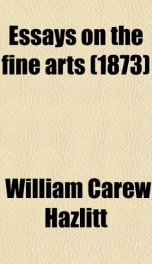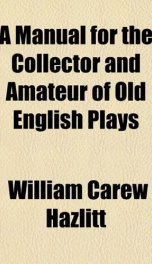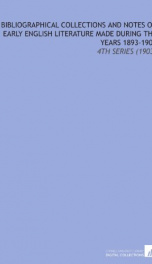excerpt from the book...William of Malmesbury particularly dwells on the broad line ofdistinction still existing between the southern English and the folkof the more northerly districts in his day, twelve hundred years afterthe visit of Caesar. He says that they were then (about A.D. 1150)as different as if they had been different races; and so in fact theywere--different in their origin, in their language, and their diet.In his "Folk-lore Relics of Early Village Life," 1883, Mr. Gommedevotes a chapter to "Early Domestic Customs," and quotes Henry's"History of Great Britain" for a highly curious clue to the primitivemode of dressing food, and partaking of it, among the Britons. Amongthe Anglo-Saxons the choice of poultry and game was fairly wide.Alexander Neckani, in his "Treatise on Utensils (twelfth century)"gives fowls, cocks, peacocks, the cock of the wood (the woodcock, notthe capercailzie), thrushes, pheasants, and several more; and pigeonswere only too plentiful. The hare and the rabbit were well enoughknown, and with the leveret form part of an enumeration of wildanimals (_animalium ferarum_) in a pictorial vocabulary of thefifteenth century. But in the very early accounts or lists, althoughthey must have soon been brought into requisition, they are notspecifically cited as current dishes. How far this is attributable tothe alleged repugnance of the Britons to use the hare for the table,as Caesar apprises us that they kept it only _voluptatis causa_, itis hard to say; but the way in which the author of the "Commentaries"puts it induces the persuasion that by _lepus_ he means not the hare,but the rabbit, as the former would scarcely be domesticated.

